
Date: 6 June 2016
When it comes to the future of the glass industry, Corning looks to its knowledge of its past, its current workforce, and its external partners to help drive the industry’s current momentum forward.And as a result, the company recently hosted the second Glass Summit in Corning, NY – which is an interdisciplinary event that combines insights from designers, futurists, scientists, and technologists to inspire new thinking about emerging applications for glass. It is a chance for glass experts from Corning, academia, funding agencies, and other facets of the industry to meet and discuss the future direction of glass science around the globe.
“Glass has been around for centuries as an ancient art form and even though Corning has been innovating with it for more than 160 years – there is still so much we don’t understand,” said Dr. Ellen Kosik Williams, university collaborations manager & research associate. “That’s why events like the Glass Summit are so important – because we need all of these communities to help drive fundamental understanding in their various industries to help enable the ground-breaking, precision materials that Corning is known for.”
This year’s Summit provided the nearly 200 attendees with a variety of information on glass in the fields of healthcare, virtual and augmented reality, as well as optical fiber and specialty glass applications. There was also a big focus on the importance of product design and engineering – and not just in consumer-facing applications.
“What’s really exciting is that all of these up and coming markets and materials are areas where glass can make a big impact in the near future,” Ellen said. “And the summit enabled these leaders in glass the opportunity to not only see and hear updates from other industry partners but to connect and discuss their work with them real-time. It is also important for funding agencies to understand the market-driven needs these leaders face so that they can help advance glass science funding to grow a vibrant glass research community.”
Corning hosted the first Glass Summit in 2014 and since then, several key initiatives were established as a result including the Fulcher Sabbatical Program at Corning as well as the Glass Age Scholar Program.
“These programs have worked really well because they will continue to serve as bridge builders among the various parts of the global glass community,” said John Mauro, senior research manager, Glass Research.
And according to John, the shift in focus from understanding the basic science of glass to forward-looking applications is a step in the right direction. “It’s exciting to see our knowledge of glass science translated into these exciting new applications and how these opportunities can help transform a variety of industries related to energy, the environment, information technology, architecture, transportation, and more.”
The next Glass Summit is scheduled tentatively for 2018. Additional details on the event will be available as the date gets closer.
 600450
600450

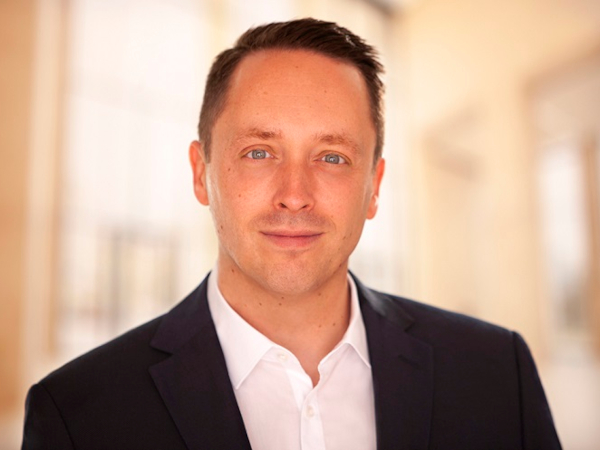

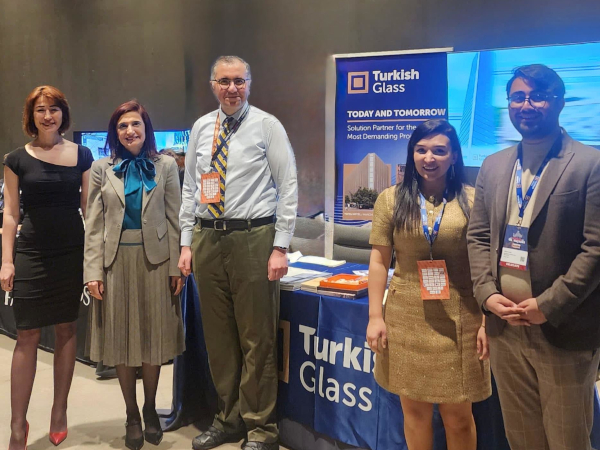
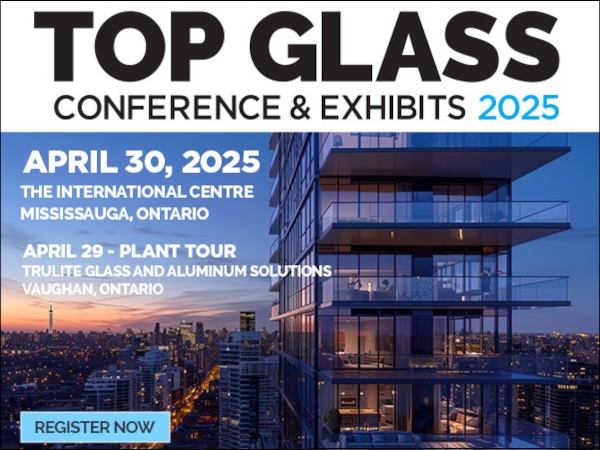
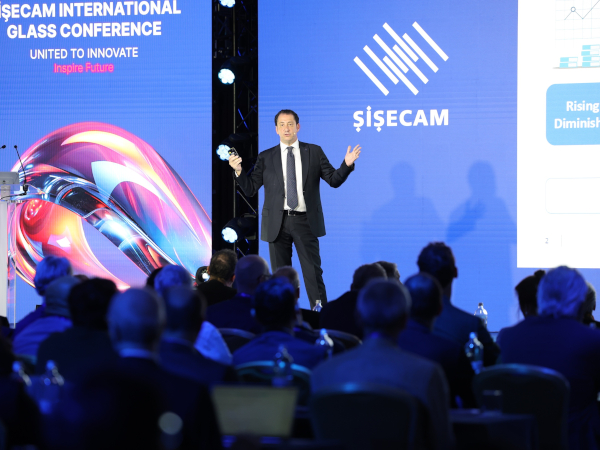






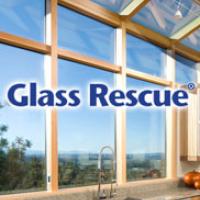
Add new comment